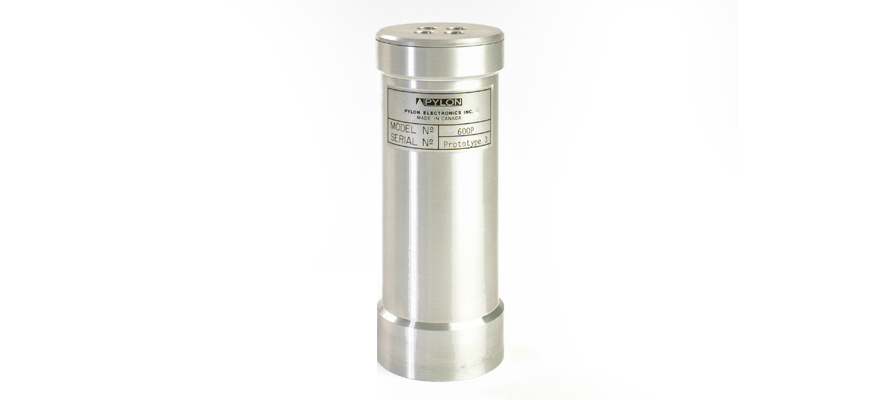Overview
Scintillation cells are an accepted and proven technology for detecting radon in a gas (typically air) sample.
Scintillation cells are used in conjunction with a monitor that includes a photon detector/amplifier and a pulse counter. The photon detector could be a photomultiplier tube (PMT), solid state detector, etc.
When radon decays, it gives off an alpha particle. The interior walls of scintillation cells are coated with an alpha scintillation material such as ZnS (Ag). When an alpha particle strikes the scintillation material, the scintillation material gives off a photon of light that indicates the presence of a radioactive decay.
The photon detector in the monitor converts the photon to an electrical pulse, amplifies the pulse, and passes it on to an amplifier and counter circuit in the monitor
Based on the number of counts for a period of time, the radon concentration in the gas sample can be determined.
Please note that there are other factors that need to be considered. However, they are beyond the scope of this discussion.
Scintillation Cells
Scintillation cells are normally cylinders with a cap at one end. The cap provides the appropriate mechanism to place the gas sample into the cell.
There are 2 common types of scintillation cells – active and passive.
Active cells are designed such that the gas sample must be actively placed inside the cell. For continuous sampling and measurement, the gas sample is continuously flowed through the active cell. Due to the mechanisms used to actively place the gas sample in the active cell, the cell is normally sealed at the opposite end from the end cap with a window to allow photons to pass through the photon detector.
Passive cells are designed such that the gas sample is passively diffused into the cell. Because of this mechanism, the photon detector end of the passive cells are typically left open.
Continuous Sampling
Scintillation cell continuous sampling involves continuously changing the gas sample in the scintillation cell and continuously measuring the sample for radon.
Both active and passive scintillation cells may be used for continuous sampling.
For an active cell, a pump must be used to continuously flow the gas sample through the cell. Since the gas sample is actively placed in the active cell, there will be minimal time lag between any changes in the radon concentrations in the gas sample and the detection and measurement by the active cell/monitor system. However, equipment including a pump, a flow meter, tubing, tubing connectors, etc. are also required to perform this type of measurement.
For a passive cell, the gas sample will passively and continuously diffuse into the cell. Since the gas sample passively diffuses into the passive cell, there will be a delay between any changes in the radon concentrations in the gas sample and the detection and measurement by the active ccell/monitorsystem. This could be in the order of one or two hours. However, the equipment requirements are minimal with just the passive cell and the monitor being required.
Continuous Measurement
Continuous measurements typically run for long periods of time. For example, Health Canada recommends a minimum of three months.
Depending on the monitor, it may be possible to count all of the radioactive decays over the desired measurement period. However, if this method is employed, there may not be any mechanism to verify that the monitor is continuing to function and measure properly.
In order to provide a running status of the measurement, the counts within a standard period of time known as an interval are used to calculate the radon concentration for that interval. Depending on the monitor, this information can be reviewed on a periodic basis to confirm that the system is still operational.
Continuous Measurement Advantages
- Stand-alone operation.
- Averages the radon concentration over each programmed interval.
- Provides radon measurements over the complete measurement time period.
- With an appropriate interval length such as one hour, daily variations in the radon concentrations can be tracked for analysis.
Continuous Measurement Disadvantages
- Requires a dedicated monitor for the whole measurement period.
- Averages out fast spikes and dips in radon concentration levels.
- Because of the monitor, cannot normally be used in areas where intrinsically safe equipment must be used.
- For passive cells, measurement changes lag the actual radon concentration level changes due to the time that it takes for the gas sample to diffuse into the cell.
Pylon
Pylon offers a variety of both active and passive scintillation cells for our supported monitors.
